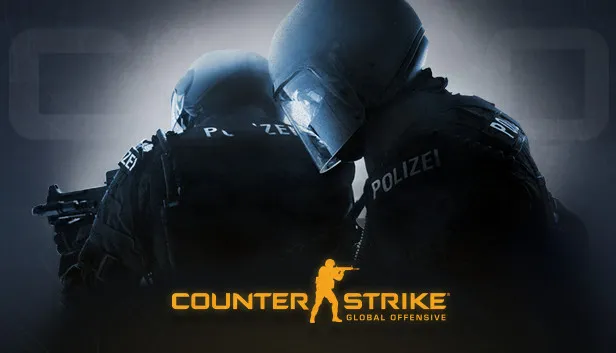Exploring the FPS Game: A Comprehensive Overview of the Competitive Landscaamepe
Introduction
The FPS (First-Person Shooter) genre stands as one of the most dynamic and fiercely competitive segments within the gaming industry. Defined by adrenaline-pumping action, strategic gameplay, and immersive experiences, FPS games continue to captivate audiences worldwide. In this overview, we delve into the intricacies of the FPS genre, examining its evolution, key players, and the competitive landscape that shapes it.
Evolution of the FPS Genre
The roots of the FPS genre can be traced back to the early days of gaming, with titles like "Wolfenstein 3D" and "Doom" laying the foundation for what would become a gaming phenomenon. Over the years, advancements in technology have fueled the evolution of FPS games, leading to unprecedented levels of realism, complexity, and player engagement. From the iconic "Call of Duty" series to the innovative gameplay of "Counter-Strike," the genre has seen remarkable growth and diversification.

Key Elements of FPS Games
At the heart of every FPS game lies a set of core elements that define the player experience. These include:
- Combat Mechanics: Precise aiming, responsive controls, and a diverse arsenal of weapons are essential components of FPS gameplay, offering players a visceral and satisfying combat experience.
- Multiplayer Modes: Competitive multiplayer modes, such as team deathmatch, capture the flag, and objective-based gameplay, form the backbone of many FPS titles, fostering intense competition and camaraderie among players.
- Map Design: Well-designed maps play a crucial role in FPS games, providing varied terrain, strategic chokepoints, and dynamic environments that challenge players' tactical skills and creativity.
- Progression Systems: RPG-like progression systems, including character customization, unlockable weapons, and skill upgrades, add depth and longevity to FPS games, incentivizing players to continue honing their skills and exploring new content.
Competitive Landscape
The competitive landscape of the FPS genre is characterized by a vibrant ecosystem of developers, publishers, and esports organizations, all vying for a share of the market. Major players such as Activision, Electronic Arts, and Ubisoft dominate the industry with flagship franchises like "Call of Duty," "Battlefield," and "Tom Clancy's Rainbow Six." Meanwhile, indie developers continue to make waves with innovative titles that push the boundaries of the genre.

Esports and Community Engagement
FPS games have emerged as a driving force in the esports arena, attracting millions of viewers and offering lucrative opportunities for professional players and organizations. Major tournaments, such as the Call of Duty League and the Counter-Strike: Global Offensive Majors, showcase the skill and spectacle of competitive FPS gameplay on a global stage. Additionally, vibrant online communities, forums, and social media channels provide platforms for fans to connect, share strategies, and participate in the ongoing dialogue surrounding their favorite games.

Conclusion
As the FPS genre continues to evolve and innovate, it remains a cornerstone of the gaming industry, captivating audiences with its adrenaline-fueled action, strategic depth, and immersive experiences. Whether you're a seasoned veteran or a newcomer to the genre, there's never been a better time to dive into the world of FPS gaming and experience the thrill of the competition firsthand.













